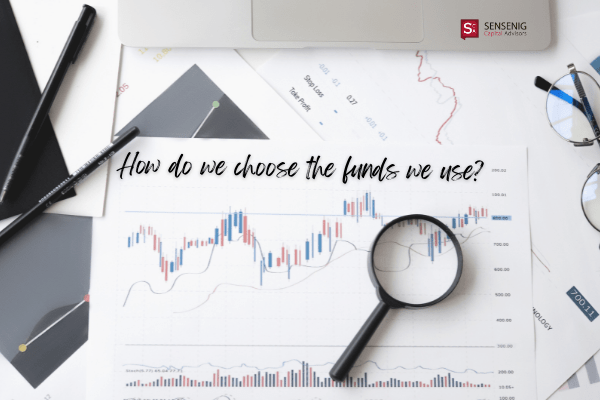 As we touched on in our last piece, “Setting the Sustainable Stage,” degrees and kinds of “doing good” are often in the eye of the beholder. How do we measure something that is sometimes so subjective? As described in “Why and How Investors Use ESG Information” (a University of Oxford/Harvard University paper to be published in the Financial Analysts Journal), academics and practitioners alike typically turn to an organization’s Environmental, Social and Governance (ESG) ratings to try to quantify levels of sustainability.
As we touched on in our last piece, “Setting the Sustainable Stage,” degrees and kinds of “doing good” are often in the eye of the beholder. How do we measure something that is sometimes so subjective? As described in “Why and How Investors Use ESG Information” (a University of Oxford/Harvard University paper to be published in the Financial Analysts Journal), academics and practitioners alike typically turn to an organization’s Environmental, Social and Governance (ESG) ratings to try to quantify levels of sustainability.
Again, precise labels may vary in the various literature, but following are some of the ways the industry applies ESG ratings into sustainable investment strategies.
- Active Ownership – Employing “shareholder power” to try to actively improve a company’s ESG performance (engaging senior management, submitting proposals, proxy voting, etc.)
- Negative Screening – Explicitly excluding firms with low ESG ratings (“This company is too ‘wicked’ to belong in my portfolio.”)
- Positive Screening – Explicitly including firms with high ESG ratings (“This company is at least ‘good enough’ to belong in my portfolio.”)
- Inclusion Strategies – Integrating ESG data into existing evidence-based analyses, melding the information into a systematic, total portfolio management strategy
Investors currently have access to a range of investment solutions that incorporate these and other strategies to varying degrees.
ESG Investing – ESG investors are more likely to emphasize inclusion strategies, which complement a general evidence-based investment approach. In other words, evidence-based ESG funds should help investors continue to incorporate sound portfolio construction principles (such as asset allocation, global diversification and cost control), and minimize less-efficient tactics (such as picking or avoiding specific stocks or sectors based on forecasts or popular appeal). ESG fund managers also may engage in active ownership on behalf of their shareholders.
Socially Responsible Investing (SRI) – SRI funds are more likely to use screening strategies that involve making security- or sector-specific judgments or forecasts.
Impact Investing – Impact investors are on a mission to not just invest in a venture, but to become an altruistic partner in it. Say, for example, you donate to a GoFundMe® campaign seeking to create an eco-friendly alternative to plastic water bottles. You’ve just become an impact investor. On a grander scale, high-net-worth investors may take on private equity or debt structures with an eye toward making an impact with their funding.
Finding a Sustainable Fit
None of these possibilities are inherently right or wrong. Which (if any) are right for you? As proposed in this innovative paper, “Sustainable Investing: From Niche to Normal,” it depends whether you are more value– or values-driven. The paper explains that value-driven investors “put financial return first, BEFORE any other issues are addressed,” while values-driven investors will “consider financial return AFTER the investors’ values have been satisfied.”
In this context:
- ESG investing focuses more heavily on value – i.e., financial outcomes – factoring in ESG ratings when the evidence suggests they might improve on expected returns (or at least not detract from them).
- Impact investing seeks to fund a cause with less regard for how the “investment” works out. Hint: If you’re mostly in it for the money, you might not be in the right place.
- SRI investing falls somewhere in between. You don’t want to lose your shirt, but you may not mind giving up some expected return if you expect it to do a lot of good.
Sustainable investment strategies aren’t mutually exclusive either. For example, you could incorporate ESG investing into the core of your evidence-based portfolio, while participating in impact investing with some of your discretionary income.
Next Up: The Lay of the Sustainable Land
Before sustainable investing existed, investors who were philanthropically inclined had little choice but to seek their financial returns through traditional investing, while separately expressing their personal values by donating to their charities of choice.
Today, solutions are coming into focus for those who would like to begin combining these two, formerly disparate interests. That said, while evidence-based ESG investing holds much promise, it remains a relatively new field of study. Challenges and opportunities abound as we seek to create robust data and enhanced analyses to guide the way – in theory and in practice.
In our next piece, we’ll take you on a fascinating tour of the evolving landscape.



